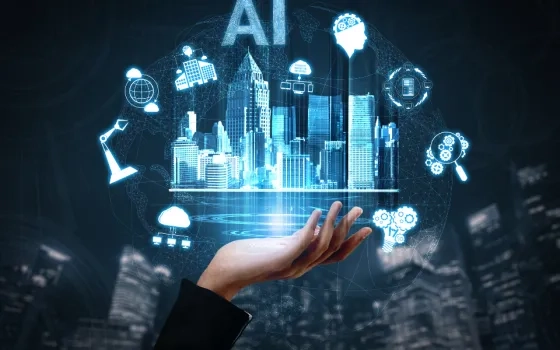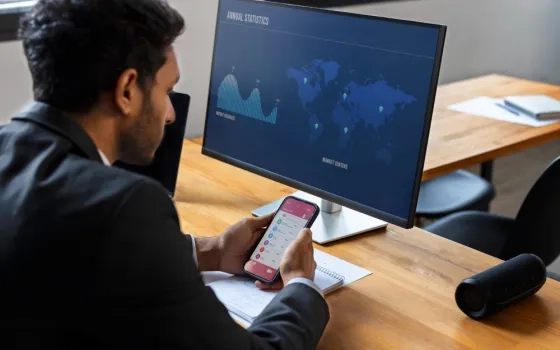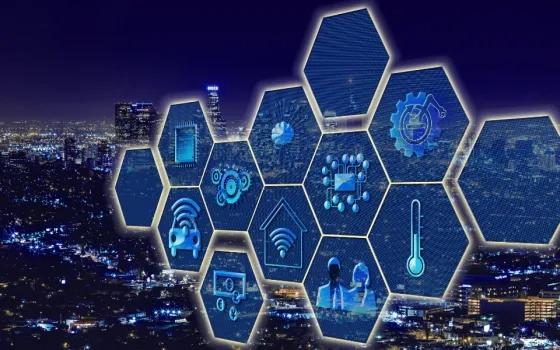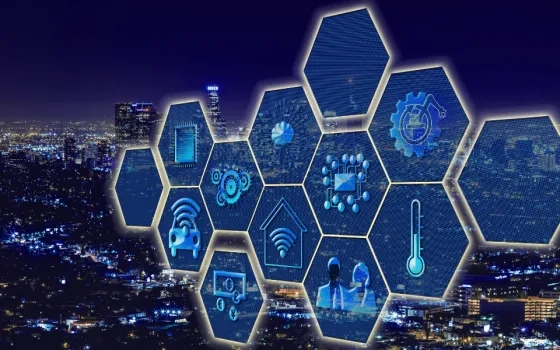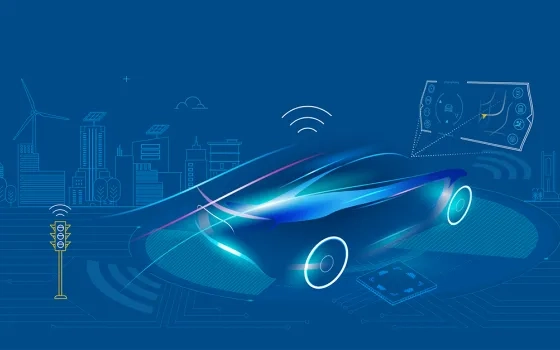Gone are those days when a visit to a brick-and-mortar travel agent was mandatory every time one needed to plan a family vacation. Fast forward to now, in the era of digital transformation and next-gen mobility, travelers today, are playing a much larger role in building their holiday experiences.
Technology has revolutionized the way we travel, and with an exclusive focus on customer experience today, it is only set to get better in the following years. Let us look at a typical customer journey through their travel itinerary from holiday planning to its completion.
Destination and Holiday Planning through Travel Aggregator Websites:
Customers majorly approach online travel agencies (OTAs) over the internet to get access to a plethora of travel and stay options to their vacation destination. They choose a destination by browsing through travel websites and blogs such as TripAdvisor, Expedia, or even Quora to name a few.
Hotels-at-a-click:
After finalizing a destination, the customer books tickets by either checking the airfares on the same website or similar websites to get a best-priced deal. Next, it is time to finalize a hotel for their stay. Travel websites such as Trivago help customers get the best deal hotels from popular booking sites- Booking.com, Hotels.com, and more.
Vacation Genre
From here, the actual vacation planning starts – finalizing sightseeing and outing options. Many of the travel websites today also help customers build their itinerary based on their travel schedule, holiday taste (leisure, staycation, adventure, etc.), including local highlights. Some of the start-ups are thriving on such a business idea; one of them is MUV Travel.
The Travel Experience with multiple Digital Touchpoints
Today’s digital-savvy travelers hop in between devices to plan and execute various stages of their holiday. They demand a seamless, intuitive and omnichannel experience over multiple platforms such as mobile applications, mobile browsers, and desktop. It is, thus, important to ensure that their key touchpoints such as airports, flights, and hotels are tech-enabled to help build a personalized experience for the traveler.
Travel to the Airport & Web-Check-in
On the travel date, the customer would opt for a cab ride either from Uber or Lyft to the airport. While on the cab ride, they can check the status of your flight on the booking website/app or the airline’s website/app. Just in case the customer forgets to check-in before leaving to the airport, they may check-in through the airline carrier’s web portal on-the-go. Else they can go over to one of the airline’s kiosks to get bags tagged or pay to add on charges for excess baggage weight and print the boarding pass.
The In-Airport and In-flight Experience
Let us go through the in-airport journey of this customer from the carrier kiosk to boarding. The customer moves to the counter to place bags on the carousel line once the IDs are all checked. With the boarding gate number on the boarding pass, the customer walks to the TSA checkpoint or may opt for a TSA Precheck Clear membership that allows them to beat the queue with a quicker screening. After repacking all bags and accessories, they proceed towards the boarding gate and may sieve through the gate concessions over an app or a display kiosk or a brochure from the information desk. Most of the airports today have free WiFi service, and the customer may opt to watch that one episode of their favorite series on Netflix over the open internet. Once the customer boards the flight, some of the airlines, too, extend complimentary in-flight WiFi subscription service. When the flight is about to land, the airlines update the bag collection belt number in advance to ensure travelers do not face trouble locating their baggage. Sometimes, customers may also receive SMS alerts from their chosen hotel for a complimentary airport pick-up some minutes before their landing. Else, after landing, they can also opt for Uber/Lyft from the airport with designated WiFi points to avoid dead zones in the parking lots.
Ensuring Best Customer Experience in Hotels
Check-in:
When the customer reaches the hotel after a long tiring journey, they contact the hotel reception to check-in into their room. If it is a busy travel season, they may find some queue to check-in. In such cases, some of the hotels provide a self-check-in kiosk where the customer enters their booking ID & the last name to collect the room keys. Some of the tech-forward hotels have also adopted a mobile-equipped keyless entry system for an expedited check-in experience. It also helps in bringing down the check-in queues at the hotel reception and hence increases operational efficiency. Keyless entry and application systems interact with cloud-based hotel management software. This helps streamline the guest journey including preferred room selection, automated and quick check-in/out, room upgrades and payments.
As the customer moves towards their room, they might experience an automatic connection to the hotel WiFi without entering any credentials. The seamless registration and onboarding over the hotel WiFi are possible as both the hotspots (on the airport and at the hotel) may happen to be from the same provider, such as Comcast and Hotspot2.0 enabled. Customers demand carrier-class WiFi networks from hoteliers today. This demand for seamless WiFi creates an opportunity for hotels to use the WiFi service to build brand loyalty. According to a report by Hospitality Tech, it is estimated that 80% of guests won’t return to a hotel that delivers a bad technology experience.
Guest WiFi Analytics
The intelligence gathered after running analytics on data obtained from a WiFi Access Point can be visualized over an interactive dashboard to analyze multiple KPIs across all the properties of a hotel chain. It helps to get insights about your guests and uncover customer’s behavioral patterns to better engage and interact with them over the WiFi captive portal. The intelligence can also help in strategizing new WiFi Marketing campaigns, offer incentives to guests, and create loyalty programs, for tech-forward hoteliers. Loyalty programs in hotel chains facilitate repeat customers because of the personalization and differentiated customer experience they offer to the guests.
In-room Experience:
Since hotels are very quickly adopting technology, guests may find an Alexa right beside the room door to greet the customer in and provide room services. Many hotels today have beacons and occupancy sensors installed inside their rooms. They help hotels push restaurant menu notifications to guest’s smartphones at optimal times. If the guest is a repeat customer, then based on actionable insights provided by WiFi analytics, the notifications may include personalized suggestions based on past orders
The Digital Journey in a Snapshot
How about reading through this entire guest journey again and now focusing on just the multiple digital touchpoints. While the following list is not exhaustive, here are some of the digital aspects in the journey:
- The booking part uses AI, machine learning, NLP, and Big Data analytics
- The in-airport journey uses an intertwining of gadgets, WiFi, video streaming, image/video analytics, and blockchain
- The hotel experience again uses these technologies to make the stay pleasurable for the guest
The diagram below depicts how technology has transformed the travel and hospitality industry so rapidly.

Conclusion:
According to a recent study by Google Travel study, 74% of travelers plan their trips on the internet, while only 13% still use travel agencies to prepare them. Taking these statistics into consideration, it is inevitable that the experience over these digital channels is indispensable to ensuring the highest level of customer experience. A traveler’s holiday experiences begin the minute they decide to explore a destination and hook onto a travel planning website for research to the time they land on their destination–and this involves multiple digital channels and platforms.
References:
- How NGH Enables Transformative Experiences in The Hospitality Sector?
- The Role of Video Analytics in Tourism, Travel & Hospitality Industry
- https://www.quora.com/How-is-technology-changing-the-travel-and-tourism-industry/answer/Senthil-Kumar-1592
- https://www.wearemarketing.com/whitepapers/tourism-trends/
- https://www.traveldailymedia.com/how-technology-has-changed-the-way-you-travel/
- https://www.hotelmanagement.net/tech/10-ways-smart-technology-reshaping-hotel-industry


















